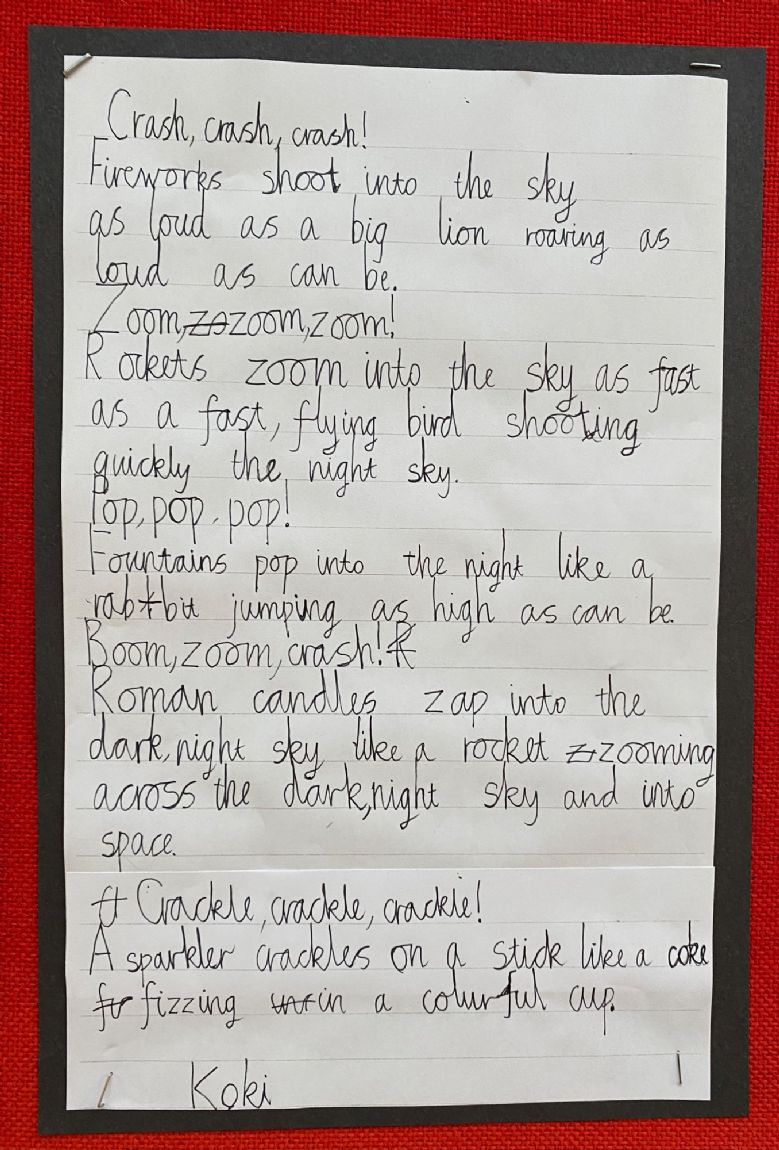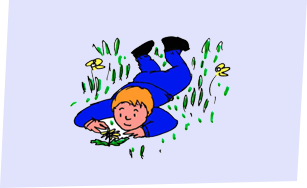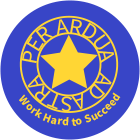Writing
Writing begins with talking, as this is the basis for formulating written ideas. The children have plenty of opportunities to talk, narrate and act out what they have been doing as this helps them to sequence what they may want to write.
In Reception, at first, children’s writing is just mark-making. Through child-led and adult-directed activities, they also pick up conventions such as moving from left to right on the page and from top to bottom. As the children develop their core strength and begin to learn about Phonics, their writing enters a new phase where they start to write letters.

As their Phonics learning progresses, they begin to write with more accuracy. By the end of Reception, most children will be writing clearly enough that you can read what they’ve written.
We are ambitious with our vocabulary and we create articulate learners. In Reception, we aim for our children to have the skills to segment and blend, to develop solid fine motor skills and to have the confidence to have a go. We expect the children to be able to compose and retain simple sentences with a significant level of independence by the end of Reception. Importantly, this is the foundation for future learning, so the children can apply the skills and knowledge learnt when they move on to Key Stage One.
In Year One, we tie writing to the topic, in order to inspire the children with creative ideas and give their writing purpose. All our writing begins with talk. The children talk to each other and use acting as a vehicle to rehearse what they are going to write before they start. We also focus in on SPaG, building up their writing over the weeks to ensure they are learning to write neat, correctly punctuated sentences with finger spaces before teaching them to extend and develop them. At first the children are encouraged to work independently, applying their phonic knowledge using a Phonic Support Sheet, but then they learn to apply more accurate spellings through teacher verbal feedback and editing time.
 This continues in Year Two, where the children take part in shared, guided, extended and independent writing sessions across all areas of the curriculum. They are provided with many opportunities to write meaningfully for different purposes and audiences. They learn to include features specific to the genre for which they are writing, whilst also applying the technical rules of phonics, spelling, punctuation and grammar. We teach the children how to proof-read and check their writing makes sense, and then how to make revisions and additions so they can improve their writing. We aim for children to be able to write for sustained periods of time independently.
This continues in Year Two, where the children take part in shared, guided, extended and independent writing sessions across all areas of the curriculum. They are provided with many opportunities to write meaningfully for different purposes and audiences. They learn to include features specific to the genre for which they are writing, whilst also applying the technical rules of phonics, spelling, punctuation and grammar. We teach the children how to proof-read and check their writing makes sense, and then how to make revisions and additions so they can improve their writing. We aim for children to be able to write for sustained periods of time independently.
Each child has a writing book that is started in Reception, to showcase the independent writing of the children each half-term. This moves up through the school with them and shows clear progression and helps teachers identify next steps to move the learning forward.
Writing is closely linked with the development of reading, and builds on the skills and experiences our children develop through their reading activity and access to literature. Across the school, we are aiming for the same endpoint - children who write clearly, accurately and coherently with a sense of purpose across a range of genres. We aim for our children to develop good handwriting, using accurate spelling. Our choice of high-quality texts, with opportunities for first hand experiences, is designed to inspire our children to want to compose stories and ideas, both orally and in writing.
Click here to see some fabulous writing by the Reception and Year Two children, all about Fireworks!
Click on the document at the bottom of our page, for our "Spelling, Punctuation and Grammar Progression Map"

